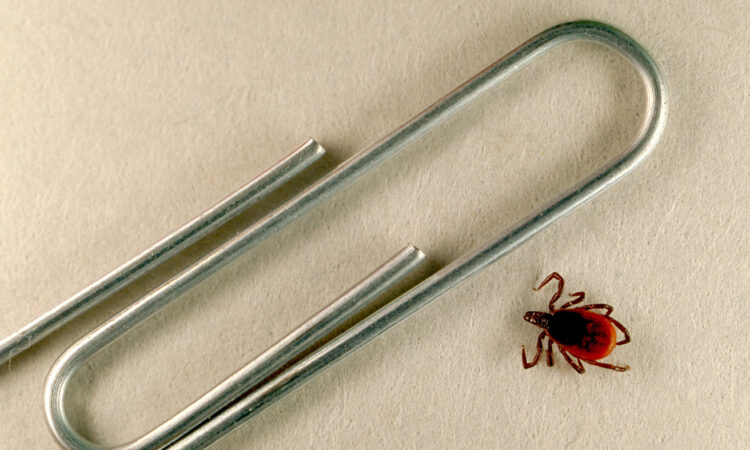
According to statistical estimates, half a million Americans receive treatment for Lyme disease annually. The areas with the highest prevalence are the North East and North Central United States. Proper treatment from a Lyme disease specialist Seattle WA is essential to prevent recurring episodes. Find out more about risk factors and causes in this article.
How is Lyme disease transmitted?
Lyme disease is caused by bacteria transmitted through the bite of infected ticks. The black-legged or deer tick is the most common genus of insect responsible for spreading the disease.
The tick must attach to the body for 36 to 48 hours to enable disease transmission. Removing the tick as soon as you spot it can prevent you from getting the disease. There is no evidence that the bacteria can spread through food or between people.
Lyme disease has varying symptoms, some of which appear alongside other conditions. The most common sign of Lyme disease is a rash around the affected site.
The rash appears within one or two weeks after the bite. It is usually in the form of a circle, surrounded by a ring, making the rash look like a bull’s eye. However, rashes do not appear in every case of Lyme disease.
Lyme disease risk factors
Several factors may influence your susceptibility to Lyme Disease. They include:
- The geographical region: You are at high risk if you live in the North-Eastern to Mid-Atlantic regions of the United States. The deer tick is also widespread in the North Central region and Pacific Northwest.
- The season and weather: The deer tick thrives in warmer months, particularly from fall to late summer in Mid-Atlantic and North-Eastern regions. It is active all year round in the Southern United States.
- Your occupation: You could also be at risk if you often work outdoors. People in landscaping, gardening, or utility service are more likely to get Lyme disease. The lime tick thrives in wet and bushy areas. But they don’t survive for long in trimmed and well-maintained lawns.
How to reduce your risk of Lyme disease
You can take several practical steps to prevent an infection. Wear a hat and avoid exposing your face, hands, or legs when working outdoors.
Check your clothes after working in the garden. You can remove the tick with a tweezer before the tick completes the transmission. Use a mirror to ensure no ticks are still on the back of your body or clothing.
Walk along the path to avoid picking up ticks from the surrounding vegetation. Pets can also carry the ticks that cause Lyme disease. Develop ways of controlling pests to minimize the risk.
You can use a suitable Insect repellent on your clothes. Some overalls and safety gear may come pre-treated with a chemical that repels the deer tick.
Lyme disease complications
Lyme disease can cause complications if it is not treated effectively. It can worsen arthritis symptoms and episodes of fatigue. Patients complain of body aches, pain, and memory problems.
If you suspect you have Lyme disease, call Market Place Naturopathic or schedule your appointment via email today.

